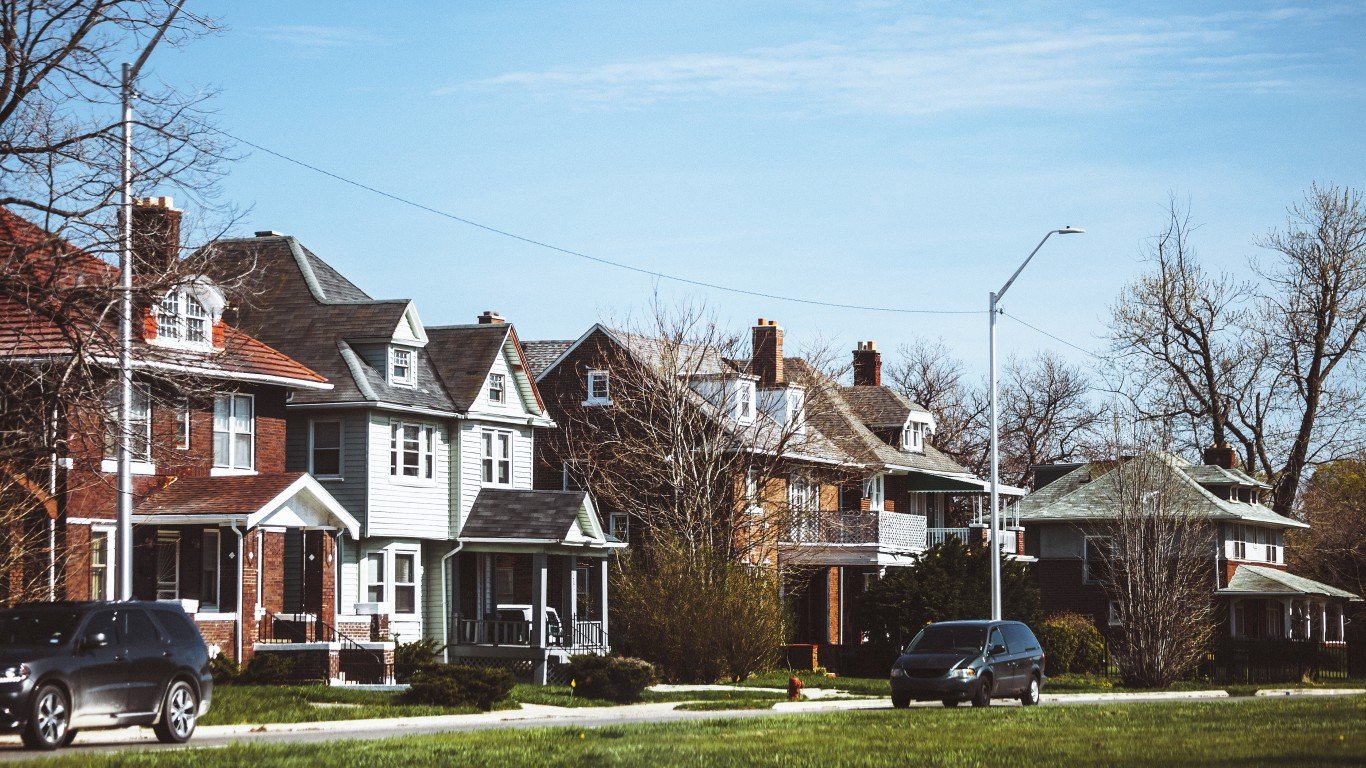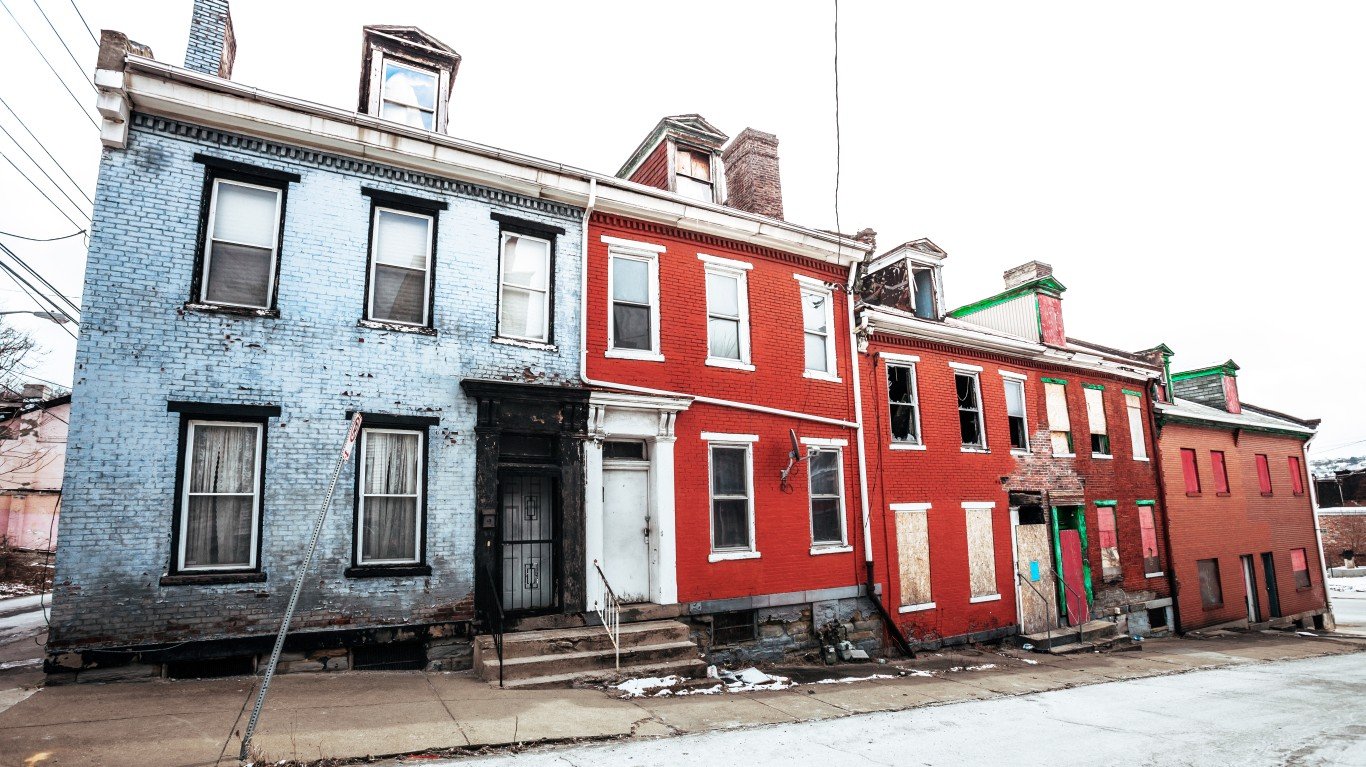 The National Association of Home Builders/Wells Fargo index for February showed the confidence of builders at a five-year high. That is the best level since May 2007, which is about when the most severe period of the housing crisis began. The confidence index looks forward. Several other measures look the other direction. One is foreclosure data, which show that severe pressure from mortgage payments combined with extremely low home prices eventually leads some people to give up on owning their homes. A mortgage that has been foreclosed upon or is in the foreclosure process probably has suffered from delinquent payments for months, well back into 2011 — a year ago or more.
The National Association of Home Builders/Wells Fargo index for February showed the confidence of builders at a five-year high. That is the best level since May 2007, which is about when the most severe period of the housing crisis began. The confidence index looks forward. Several other measures look the other direction. One is foreclosure data, which show that severe pressure from mortgage payments combined with extremely low home prices eventually leads some people to give up on owning their homes. A mortgage that has been foreclosed upon or is in the foreclosure process probably has suffered from delinquent payments for months, well back into 2011 — a year ago or more.
Finally, the foreclosure picture has begun to improve, at least in some states. That means that the home delinquency trouble of a year or so ago has started to get better, except in states that continue to have the deepest foreclosure problems. Research firm Realtytrac reports that its
U.S. Foreclosure Market Report for January 2012, which shows foreclosure filings — default notices, scheduled auctions and bank repossessions — were reported on 210,941 U.S. properties in January. That was a 3 percent increase from the previous month but still down 19 percent from January 2011. The report also shows one in every 624 U.S. housing units with a foreclosure filing during the month.
A 19% improvement is a large one by almost any measure, and so the housing market has posted one more favorable trend. Brandon Moore, CEO of RealtyTrac, said that foreclosures may take one more jump, only temporarily, as the settlement between banks and the U.S. government over foreclosure practices takes effect.
The news may cheer economists. But between the lines, the news is only partially good. The report shows that while much of the foreclosure data across the country has improved, pockets remain in which the housing market is still in deep trouble. These are the same regions that have been most badly hurt over the past four years. They are the ones that will take many years to recover, if they ever recover entirely. It is another example of the extent to which the worst economic problems are local, whether those problems are unemployment or housing.
RealtyTrac’s report shows that the home markets in Nevada, California and Arizona continue to be hammered despite modest year-over-year improvements. The research company reported:
With one in every 198 housing units with a foreclosure filing in January, Nevada posted the nation’s highest foreclosure rate for the 61st straight month.
The other two states were not far behind. And it is no coincidence that these states continue to have high unemployment.
The worst period of the housing market was uneven in its effect from state to state. That has not changed with the start of a recovery.
Douglas A. McIntyre
Sponsored: Want to Retire Early? Here’s a Great First Step
Want retirement to come a few years earlier than you’d planned? Or are you ready to retire now, but want an extra set of eyes on your finances?
Now you can speak with up to 3 financial experts in your area for FREE. By simply clicking here you can begin to match with financial professionals who can help you build your plan to retire early. And the best part? The first conversation with them is free.
Click here to match with up to 3 financial pros who would be excited to help you make financial decisions.
Thank you for reading! Have some feedback for us?
Contact the 24/7 Wall St. editorial team.



